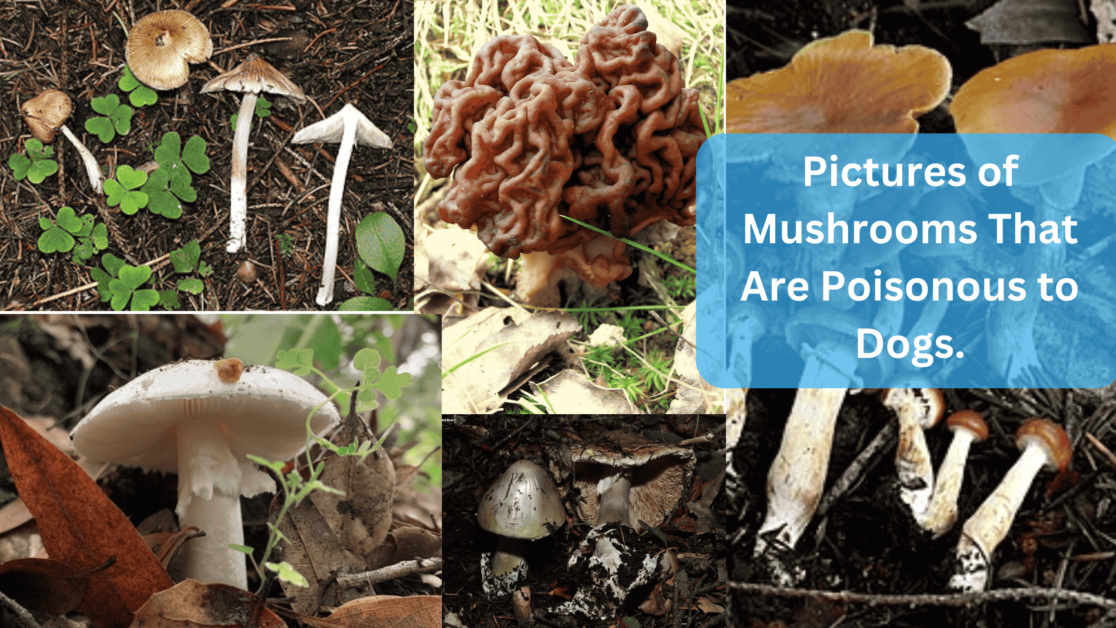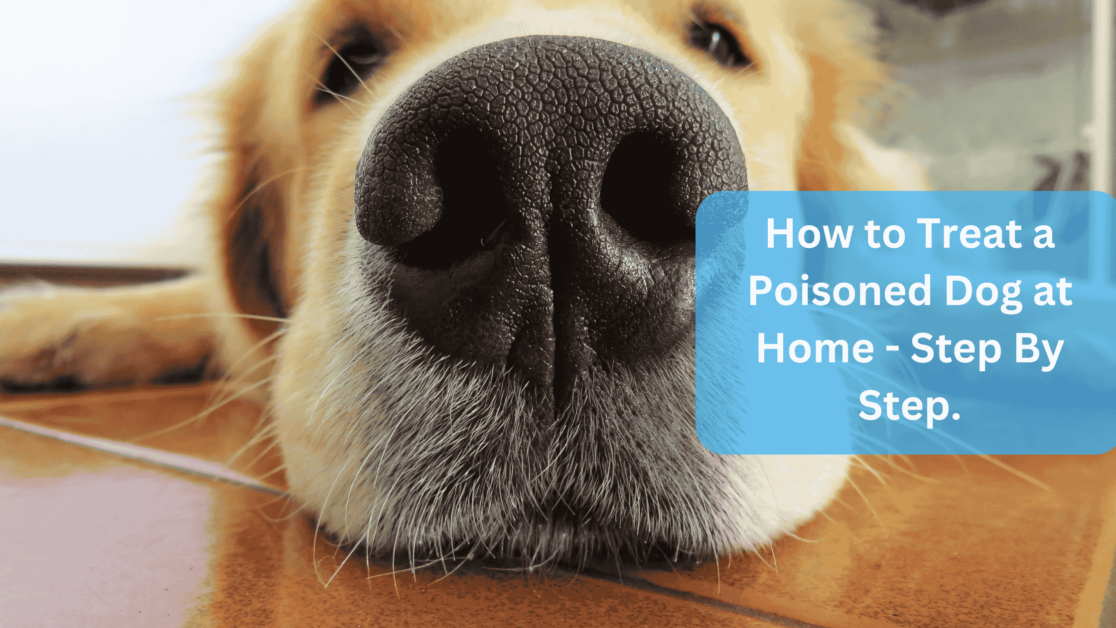How to Make a Dog with Lymphoma Comfortable? Receiving a lymphoma diagnosis for your beloved canine companion can be a devastating and overwhelming experience.
Lymphoma is a common type of cancer in dogs that affects the lymphatic system, often causing enlarged lymph nodes, lethargy, and weight loss.
While treatment options like chemotherapy can help put the cancer into remission, it’s crucial to focus on your dog’s quality of life and comfort throughout their journey.
As a pet owner, your primary goal should be to ensure your dog with lymphoma remains as comfortable as possible, minimizing pain and discomfort while maintaining their dignity and well-being.
This comprehensive guide will provide you with practical tips and strategies to help make your dog with lymphoma comfortable, from creating a soothing environment to managing pain and optimizing nutrition.
Understanding Lymphoma in Dogs
Before delving into the specifics of making your dog comfortable, it’s essential to have a basic understanding of lymphoma and its impact on your dog’s health.
What is Lymphoma?
Lymphoma is a type of cancer that originates in the lymphocytes, a type of white blood cell that is part of the immune system.
In dogs, lymphoma most commonly affects the lymph nodes, spleen, liver, and bone marrow. The disease can spread quickly throughout the body, affecting multiple organs and systems.
Types of Lymphoma in Dogs
There are several types of lymphoma in dogs, each with its own characteristics and treatment approach:
- Multicentric lymphoma: This is the most common type, affecting multiple lymph nodes throughout the body.
- Alimentary lymphoma: This type affects the gastrointestinal tract, often causing vomiting, diarrhea, and weight loss.
- Mediastinal lymphoma: This type affects the lymph nodes in the chest, sometimes causing difficulty breathing.
- Extranodal lymphoma: This type affects organs outside the lymphatic system, such as the skin, eyes, or central nervous system.
Symptoms of Lymphoma in Dogs
The symptoms of lymphoma in dogs can vary depending on the type and stage of the disease. Some common symptoms include:
- Swollen lymph nodes
- Lethargy and fatigue
- Decreased appetite and weight loss
- Vomiting and diarrhea
- Increased thirst and urination
- Difficulty breathing
Diagnosis and Treatment of Lymphoma in Dogs
Lymphoma in dogs is typically diagnosed through a combination of physical examinations, blood tests, imaging studies (such as X-rays or ultrasounds), and biopsies of affected lymph nodes or organs.
Treatment options may include chemotherapy, radiation therapy, immunotherapy, or a combination of these approaches, depending on the type and stage of the disease.
How to Make a Dog with Lymphoma Comfortable?

Caring for a dog diagnosed with lymphoma can be a challenging journey, but there are many ways you can help make your furry friend more comfortable.
Here’s a guide to assist you in providing the best care for your dog during this difficult time:
1. Creating a Comfortable Environment
- Provide Soft Bedding: Ensure your dog has a soft, supportive bed to rest on. Orthopedic mattresses or memory foam pads can offer extra support for their joints and muscles.
- Use Mobility Aids: Consider using ramps or harnesses to help your dog move around more easily, especially if they are experiencing weakness or pain.
2. Designate a Safe Space
- Quiet Area: Set aside a quiet, comfortable area in your home where your dog can retreat and rest undisturbed.
- Stress-Free Zone: This space should be free from loud noises, excessive activity, and potential stressors.
3. Minimize Stress
- Limit Visitors: Reduce the number of visitors and loud activities in your home to create a calmer environment.
- Gentle Interactions: Keep interactions with your dog calm and gentle. Speak in a soothing voice and avoid sudden movements that could startle them.
4. Maintain a Consistent Routine
- Regular Schedule: Keeping a consistent daily routine can help reduce anxiety and provide a sense of normalcy for your dog.
- Adjust Activities: Stick to regular feeding times, walks, and playtime as much as possible, adjusting the intensity and duration based on your dog’s energy levels and comfort.
5. Create a Calming Environment
- Calming Aids: Consider using calming aids like pheromone diffusers or anxiety wraps to soothe your dog’s nerves.
- Soothing Sounds: Play soft, calming music or use white noise to mask disruptive sounds from outside the home.
6. Managing Pain and Discomfort
- Consult Your Veterinarian: Regular consultations with your veterinarian are essential for monitoring pain levels and adjusting medications as needed.
- Pain Relief Medications: Your vet may prescribe pain relief medications such as non-steroidal anti-inflammatory drugs (NSAIDs) or opioids to manage discomfort.
7. Monitor for Signs of Pain
- Be Observant: Watch for signs of pain or discomfort, such as decreased appetite, lethargy, reluctance to move, or changes in behavior.
- Contact Your Vet: If you notice any concerning symptoms, contact your veterinarian immediately for guidance.
8. Consider Alternative Therapies
- Explore Options: In addition to traditional pain medications, consider alternative therapies like acupuncture, massage therapy, or cold laser therapy.
- Consult Specialists: Work with your veterinarian or a certified veterinary rehabilitation specialist to explore these options.
9. Optimizing Nutrition
- Work with Your Vet: Consult your veterinarian to develop a nutritional plan that meets your dog’s specific needs during their battle with lymphoma.
- Dietary Recommendations:
- Focus on high-quality commercial dog food or homemade diets tailored to your dog’s needs.
- If appetite decreases, offer small, frequent meals of their favorite foods or high-calorie supplements.
10. Provide Nutritious Foods
- Balanced Diet: Provide a diet that is high in protein (lean meats like chicken or turkey), moderate in fat (fish oil or coconut oil), and low in carbohydrates.
- Avoid Harmful Foods: Steer clear of table scraps or foods high in sugar or salt that can exacerbate digestive issues or contribute to weight gain.
11. Consider Supplements
- Health Support: Your veterinarian may recommend supplements like omega-3 fatty acids for reducing inflammation or antioxidants for boosting the immune system.
- Vet Approval: Always consult with your vet before starting any new supplements to ensure they are appropriate for your dog’s condition.
12. Encouraging Gentle Exercise
- Short Walks: Take your dog for short, leisurely walks around the block or in the backyard, adjusting based on their energy levels and comfort.
- Gentle Playtime: Engage in light play activities such as fetch with soft toys while avoiding strenuous activities that require running or jumping.
13. Provide Mental Stimulation
- Interactive Toys: Offer puzzle toys filled with treats to keep their mind active and prevent boredom.
- Training Sessions: Engage in training sessions using positive reinforcement techniques to teach new tricks tailored to their abilities.
14. Providing Emotional Support
- Spend Quality Time Together: Make an effort to spend quality time with your dog every day through gentle petting, cuddling, and reassurance.
- Positive Attitude: Maintain a positive attitude; dogs can sense their owner’s emotions. Staying calm can create a more relaxed environment for both you and your dog.
15. Seek Support
- Reach Out for Help: Don’t hesitate to contact your veterinarian, pet cancer support groups, or mental health professionals if you’re feeling overwhelmed or need someone to talk to.
By following these tips how to make a dog with lymphoma comfortable, you can provide compassionate care that enhances their quality of life during this difficult time.
Remember that each dog’s experience is unique; working closely with your veterinarian will ensure that you meet their specific needs effectively.
Palliative Care and End-of-Life Decisions for Dogs
As your dog’s disease progresses, you may need to make difficult decisions about their care and quality of life.
Work closely with your veterinarian to develop a palliative care plan that prioritizes your dog’s comfort and well-being.
Palliative Care
Palliative care focuses on managing your dog’s symptoms and maintaining their quality of life, even if a cure is no longer possible.
This may involve adjusting medications, providing supportive care, and making modifications to your dog’s environment to ensure their comfort.
End-of-Life Decisions
As your dog’s condition worsens, you may need to consider end-of-life decisions, such as euthanasia.
This is a deeply personal decision that should be made in consultation with your veterinarian, taking into account your dog’s quality of life, pain levels, and overall well-being.
Remember that euthanasia is a compassionate option that can help end your dog’s suffering and allow them to pass peacefully.
What are the most common symptoms of lymphoma in dogs?
The most common symptoms of lymphoma in dogs include swollen lymph nodes, lethargy, decreased appetite, weight loss, vomiting, diarrhea, increased thirst and urination, and difficulty breathing.
How is lymphoma diagnosed in dogs?
Lymphoma in dogs is typically diagnosed through a combination of physical examinations, blood tests, imaging studies (such as X-rays or ultrasounds), and biopsies of affected lymph nodes or organs.
What are the treatment options for dogs with lymphoma?
Treatment options for dogs with lymphoma may include chemotherapy, radiation therapy, immunotherapy, or a combination of these approaches, depending on the type and stage of the disease.
How long can a dog live with lymphoma?
The prognosis for dogs with lymphoma varies depending on the type and stage of the disease, as well as the dog’s response to treatment. With treatment, many dogs can live several months to over a year, but individual outcomes may vary.
What can I do at home to support my dog with lymphoma?
At home, you can support your dog with lymphoma by creating a calm, comfortable environment, managing pain and discomfort through veterinary guidance, providing a nutritious diet, encouraging gentle exercise, using mobility aids if needed, and offering emotional support through companionship and a positive attitude.
Also Read: Can Bacteria Cause Cancer in Dogs? A Simple Guide.
Also Read: Can Dogs Drink Soy Milk? A Comprehensive Guide
Conclusion
Caring for a dog with lymphoma can be a challenging and emotional experience, but with the right support and strategies, you can help make your dog as comfortable as possible throughout their journey.
By creating a calm environment, managing pain and discomfort, optimizing nutrition, encouraging gentle exercise, and providing emotional support, you can help ensure your dog with lymphoma maintains the best possible quality of life.
Remember, every dog’s experience with lymphoma is unique, and it’s important to work closely with your veterinarian to develop a care plan that meets your dog’s specific needs.
With compassionate care and support, you can help your dog with lymphoma feel loved, comforted, and as comfortable as possible during this difficult time.
Sources:
- https://www.akc.org/expert-advice/health/lymphoma-in-dogs/
- https://www.ncbi.nlm.nih.gov/pmc/articles/PMC9287967/







